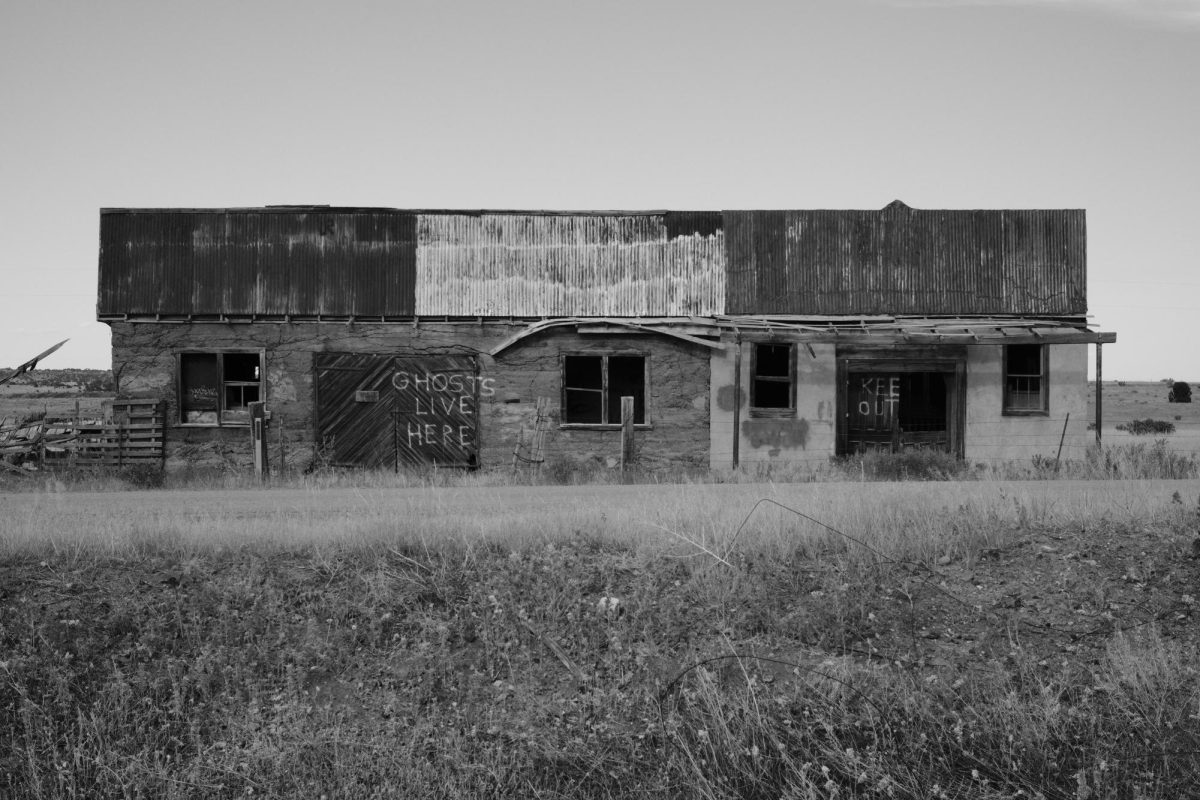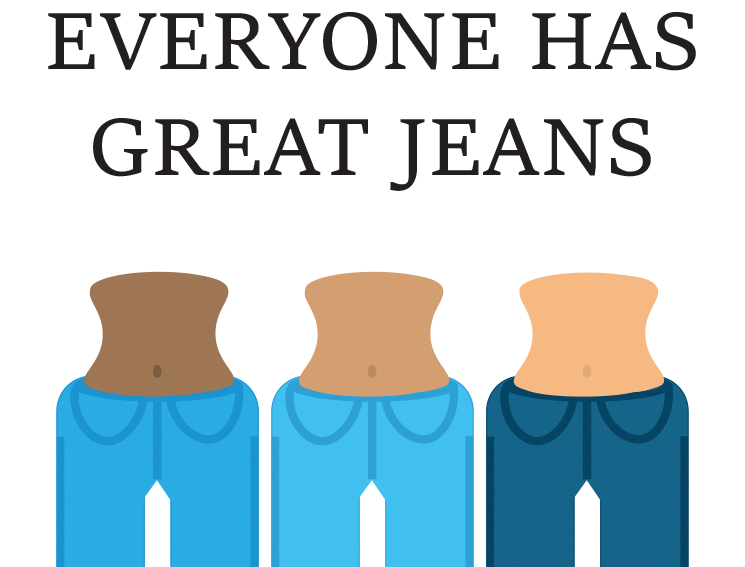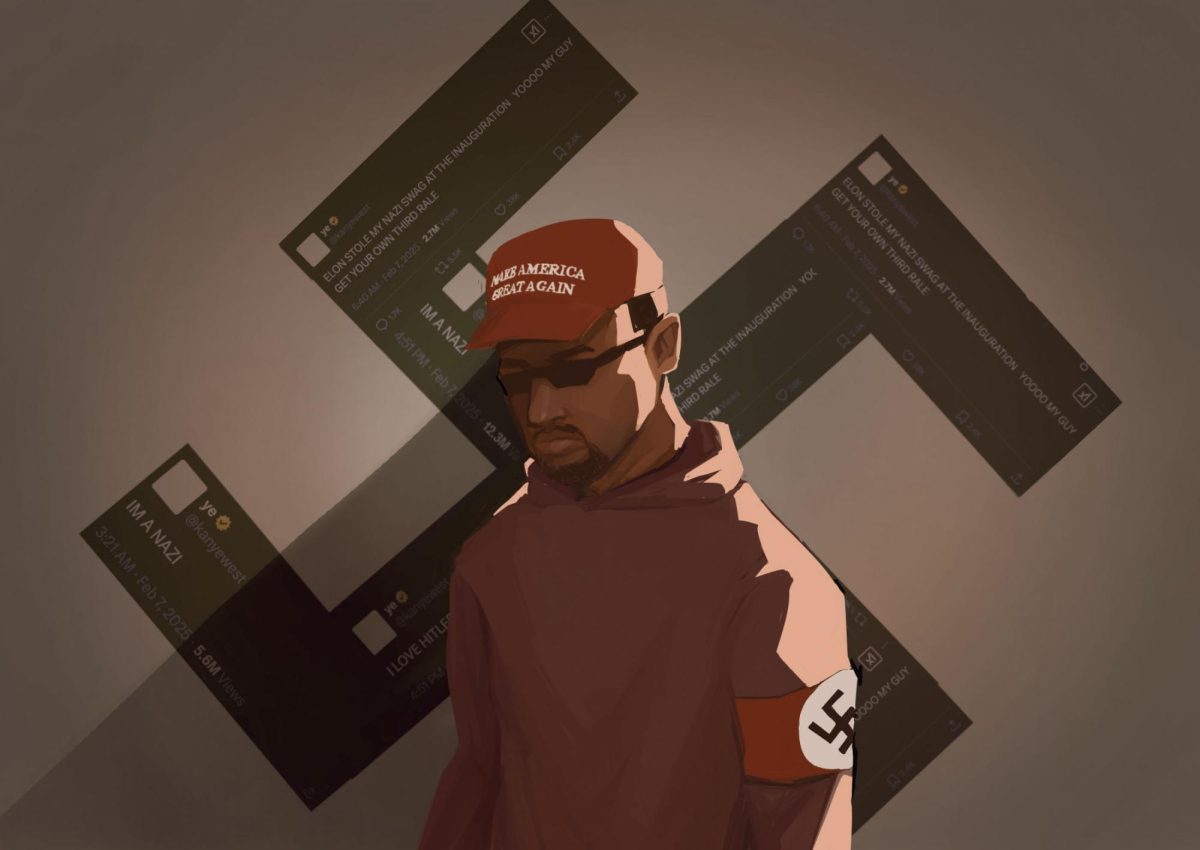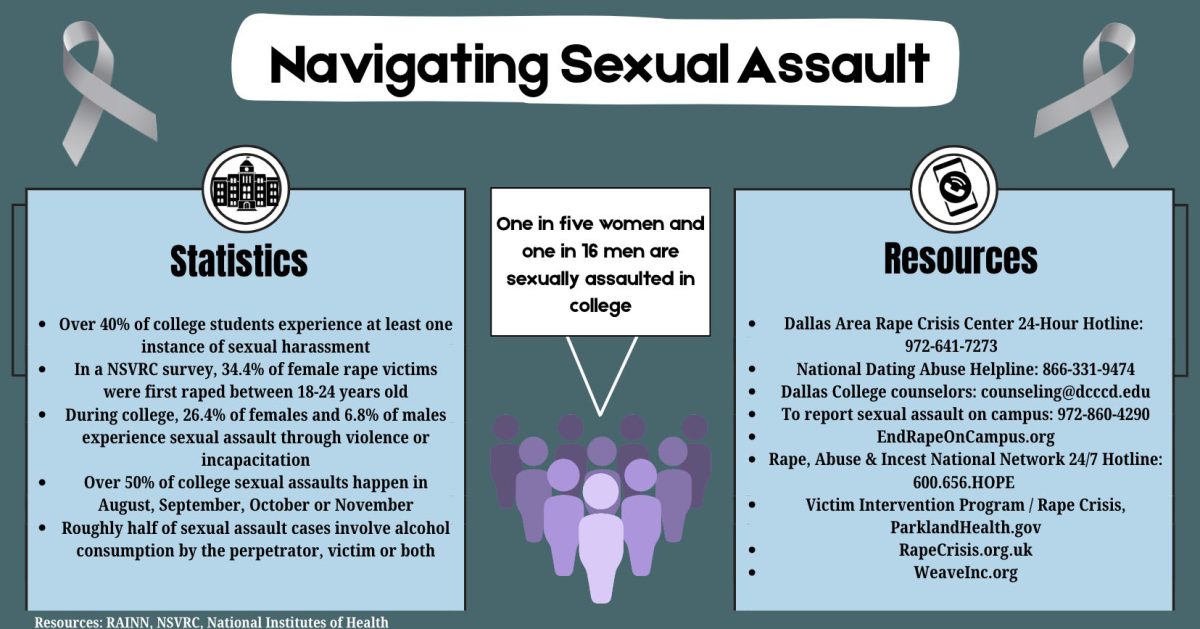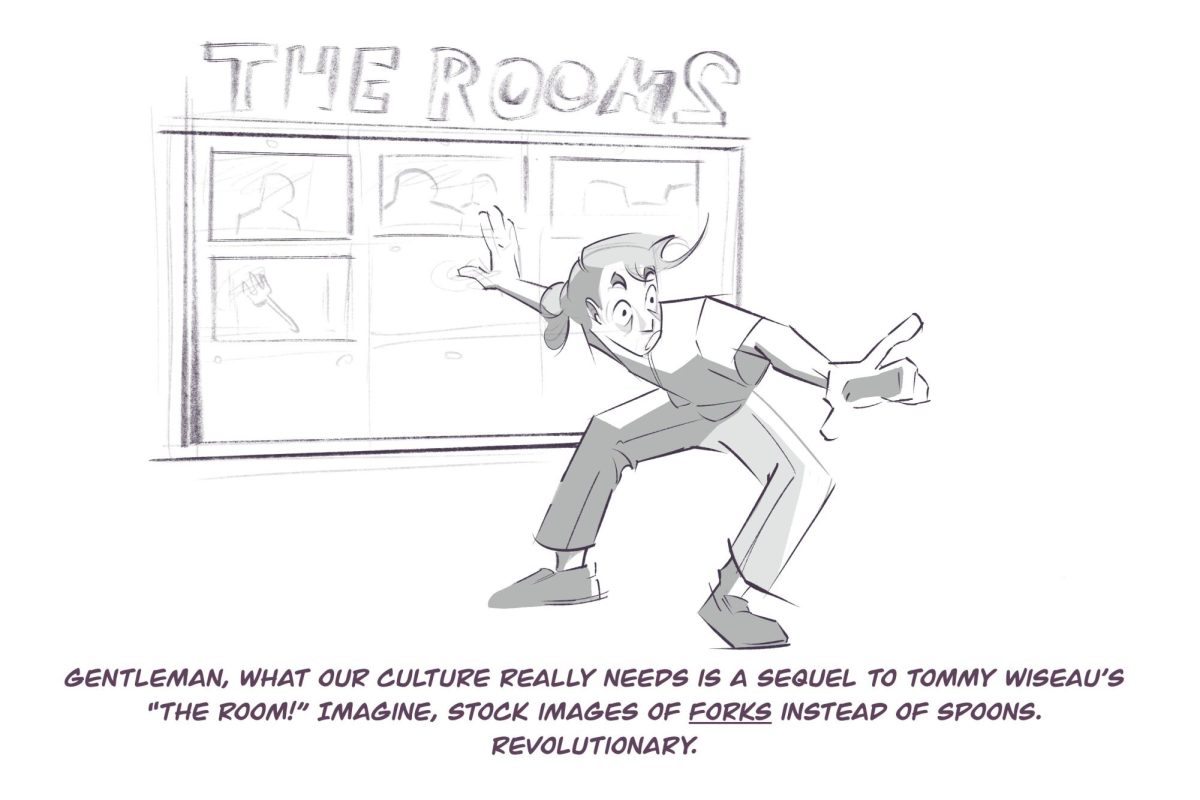By Monica Mitrovic
Copy Editor
There is a staunch lack of diversity and appropriate representation in Hollywood. And even when there is diversity, other people jump at the chance to spout off racist comments about actors and argue that a completely fictional character should be played by a white actor or actress. The racist casting practice known as whitewashing must come to a swift end to help combat racism and celebrate diversity.
There are three degrees of whitewashing, according to IndieWire. The tamest version involves changing the ethnicity of a character before filming begins so a white person can play a white character. The second degree is when a white actor is cast in a nonwhite role.
The third degree, and the most offensive, involves a white actor cast in a nonwhite role who undergoes a dramatic physical transformation to “stay true” to character. White actors donned blackface makeup, yellowface makeup and other exaggerated stereotypical traits to portray nonwhite characters. Whitewashing was so prominent that actors started changing their images in order to get cast in any television show or film.
Rita Hayworth, one of the most iconic starlets of her time, was not white, which most didn’t know, but her public image was marketed as such, according to GQ magazine. She even changed her name from Margarita to Rita.
Jackie Chan, a modern action star and director, is speculated to have undergone a double-eyelid surgery to comply with Western beauty standards, Kat Chow, a reporter for NPR, said.
Recent controversy sparked over film executives’ decisions to cast white actors in nonwhite roles. “Ghost in the Shell,” a live-action film adaptation of a Japanese manga, tanked in the box office possibly because of Scarlett Johansson’s role as Major Motoko Kusanagi, according to Quartz. The manga is set in Japan, and yet Kusanagi, a Japanese character, was whitewashed for a strange plot twist in the film adaptation.
The Netflix film “Death Note,” set to release Aug 2017, also garnered backlash for casting white and black actors in the lead roles, according to CNN. The manga of the same name is also set in Japan with brief appearances by Americans investigating a serial killer.
Other whitewashed films, such as “Doctor Strange,” “Gods of Egypt,” “The Last Airbender” and “Exodus: Gods and Kings” also did poorly in the box office. The 18 whitewashed films released in the past decade have collectively lost nearly half a billion dollars for their studios, according to Quartz.
This is poetic justice. Some film executives used to excuse whitewashing by claiming people would not go see a film if the majority of a cast was not white.
“I can’t mount a film of this budget, where I have to rely on tax rebates in Spain, and say that my lead actor is Mohammad so-and-so from such-and-such,” Ridley Scott, director of “Exodus,” said in an interview with Variety before the film’s release. “I’m just not going to get it financed. So the question doesn’t even come up.”
The film industry has practiced the racist casting process since the early 20th century. “The Birth of a Nation,” released in 1915, features white actors in blackface makeup who perpetuate black stereotypes, according to complex.com. The popular film “Breakfast at Tiffany’s,” released in 1961, features an Asian character played by a white man, Mickey Rooney. Rooney sports yellowface, slanted eyelids, large buck teeth and a thick, exaggerated accent. The New York Times described Rooney’s portrayal as exotic in a 1961 issue. “Scarface,” released in 1983, stars an Italian-American, Al Pacino, as a Cuban refugee. Jim Caviezel portrays Jesus Christ in the 2004 film, “The Passion of the Christ.” Jesus is widely believed to be from the ancient Middle East, so it is unlikely he was white, despite many artistic depictions. Many other biblical films feature white actors as famous biblical leaders or figures.
Angelina Jolie plays a real-life journalist, Mariane Pearl, in the 2007 film “Mighty Heart,” according to The Huffington Post. Pearl is French and of Afro-Cuban descent. Jolie is of mixed-European descent.
Some people riot when black actors are cast in traditionally white roles. They’ll also riot because of racist beliefs, like when John Boyega, an English man of Nigerian descent, was cast as Finn in “Star Wars: The Force Awakens.” But there is a difference between white people playing real-life, nonwhite figures and people of color playing fictional white characters, like Michael B. Jordan’s role as the Human Torch in the 2015 “Fantastic Four” remake. One group is real and should not be whitewashed, while the other group is fictitious and open to interpretation.
After films are whitewashed, there are hardly any people of color cast in major roles, besides token characters that aren’t relevant to the plot. “I rarely saw any Indians on TV or film, except for brief appearances as a cabdriver or a convenience store worker literally servicing white characters who were off to more interesting adventures,” Aziz Ansari, a writer, actor and stand-up comedian of Indian descent, said in an article for The New York Times. And if people of color are not cast as a best friend or ally to the main character, they are cast as a villain or antagonist.
Just because film executives can cast white actors in nonwhite roles does not mean they should. Minorities need more representation in Hollywood, and they need positive representation. People need to get rid of stereotypical roles and do away with certain-type castings that portray minorities in negative lights. Stereotypes are perpetuated by the media people consume, and without proper representation, minorities will never rid themselves of harmful labels.


